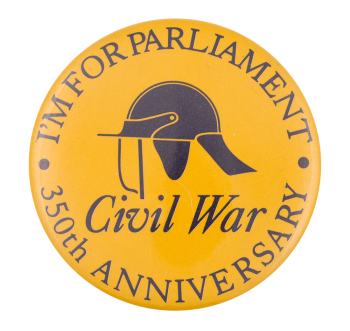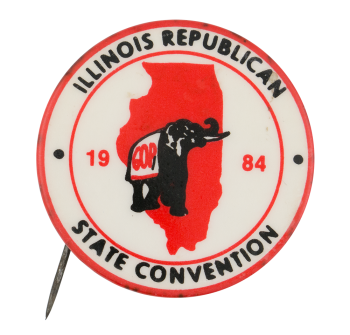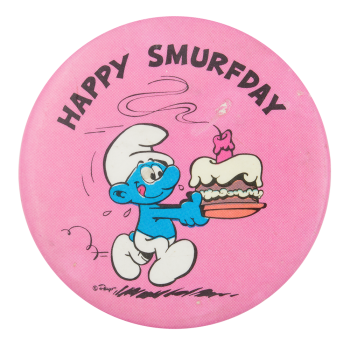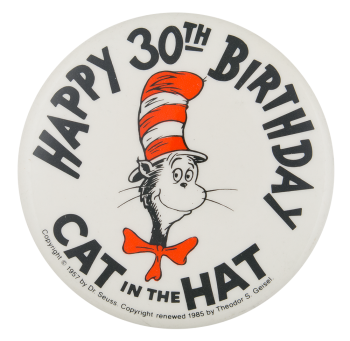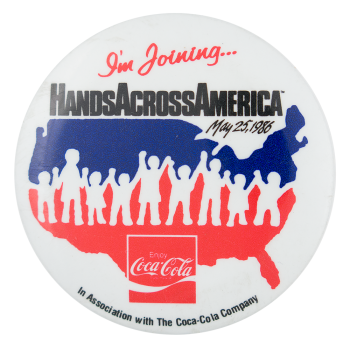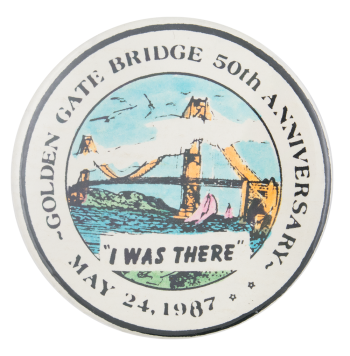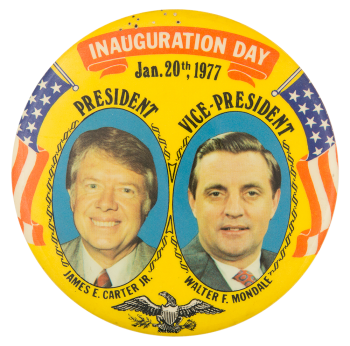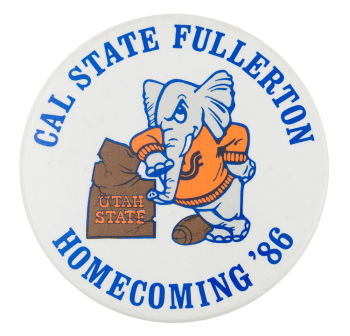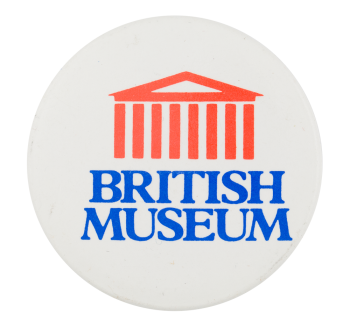I'm For Parliament
| Category | |
|---|---|
| Additional Images | |
| Sub Categories | |
| Text on Button | I'M FOR PARLIAMENT 350th ANNIVERSARY Civil War |
| Image Description | Black text and an illustration of a helmet on a yellow background |
| Back Paper / Back Info |
PAT. No. 2137585 REG.DESIGN APP.No 1012637 |
| Curl Text | SOUVENIRS by THE CAROLE GROUP LTD of WORKINGHAM |
| Back Style | |
| The Shape | |
| The Size | |
| Year / Decade Made | |
| Additional Information | The year 1992 marked the 350th anniversary of the beginning of the English Civil War and to commemorate this important segment in British history a series of exhibitions and events took place. The war was fought between Royalists beholden to King Charles I and Parliamentarians loyal to the Parliament over the course that the British government should take. The Parliamentarian forces believed that no monarch should be able to govern without consent of the governed but Royalist forces contended that absolute power be wielded by the monarchy. The war was long and bloody with an estimated 1 in 20 Englishmen losing their lives to the conflict. It came to a close on September 3, 1651 after a victory by Parliamentarian forces at the Battle of Worcester led to a decisive victory. |
| Catalog ID | EV0497 |

